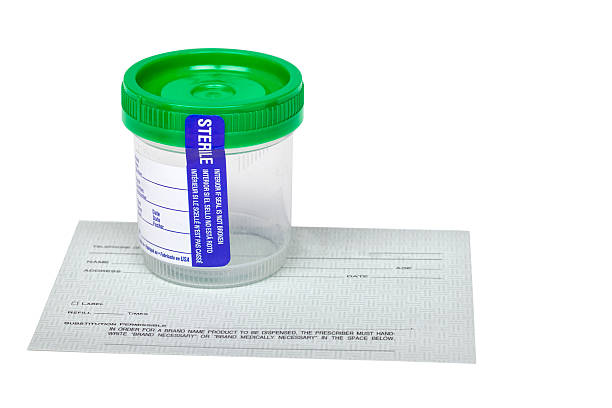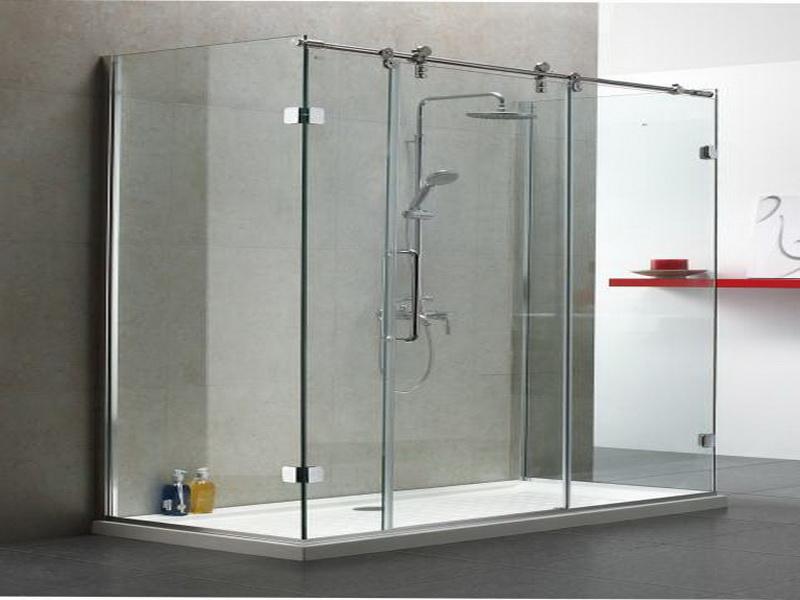With the rising awareness of drug abuse and its health risks, many people are now seeking ways to monitor drug use in a private and efficient manner. At-home drug tests provide an accessible option for individuals to quickly check for the presence of drugs in their system. Whether you’re trying to monitor your own health, […]
Author: jones
Executive Car Service in Manchester: The Ultimate Guide for Business
In today’s fast-paced business world, time is money. For business professionals in Manchester, navigating the city’s bustling streets while maintaining a polished, professional image can be a challenge. This is where an Executive Car Service Manchester comes into play. Offering a seamless blend of luxury, convenience, and efficiency, executive car services have become an indispensable […]
The Best Frameless Sliding Glass Shower Doors Designs for Bohemian Bathrooms
Bohemian style bathrooms are all about embracing a free-spirited, eclectic aesthetic. This style incorporates earthy tones, lush textures, and a variety of natural elements. One design feature that can elevate a bohemian bathroom is the choice of shower doors. Frameless sliding glass shower doors are the perfect combination of modern elegance and natural beauty, making […]
Understanding DC to AC Inverters: Function, Types, and Applications
DC to AC inverters are vital components in modern electrical systems. Their primary function is to convert direct current (DC) into alternating current (AC), which is the form of electricity used by most household and industrial appliances. This article will explore the working principle, different types of inverters, and their various applications, providing a comprehensive […]
Beauty International: The Future of Beauty in a Changing World
The beauty industry is a dynamic and ever-evolving sector that continuously adapts to new trends, innovations, and changing consumer preferences. Beauty International is at the forefront of this evolution, acting as a key event that brings together global beauty professionals, brands, and innovators to shape the future of beauty. With its focus on innovation, sustainability, […]




